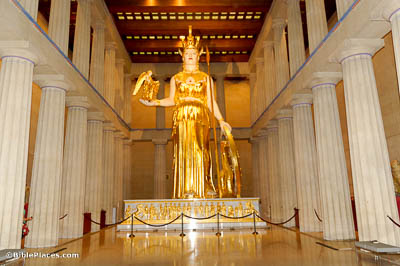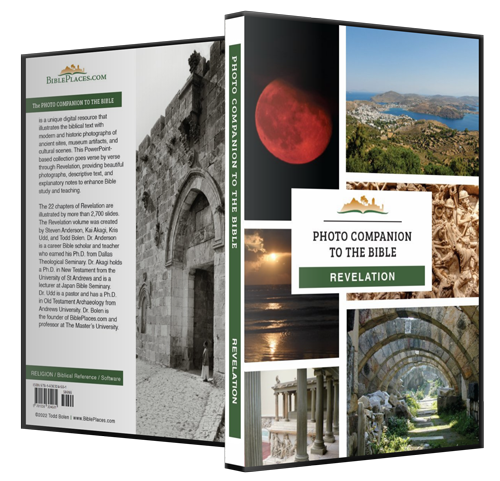I saw a star which had fallen from heaven to earth, and the key to the shaft of the abyss was given to him (Revelation 9:1).
The word “shaft” (Gk. phrear) refers to a deep, vertical construction; elsewhere the same word refers to the shaft of a well of water (Luke 14:5; John 4:11). Shafts of this kind in the ancient world were typically lined with stone after being dug, to prevent the collapse of the walls. The well shown here at Lachish is from the Iron Age (ca. 1200–586 BC), but it is similar to wells of much earlier and much later periods, and many such wells, once dug, were used for centuries or even millennia.





